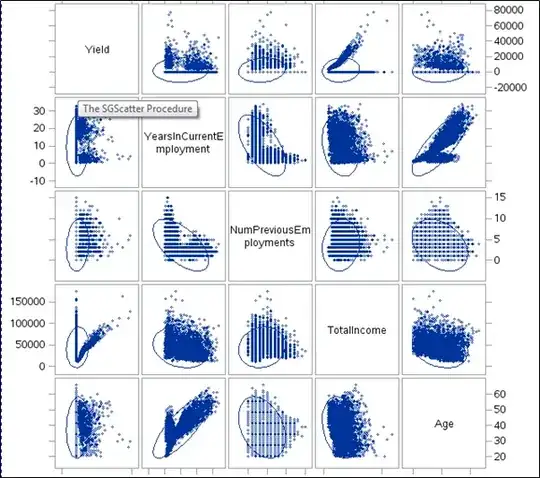I don't understand this:
The accuracy of the approximation depends on the values of N and π. A rule of thumb is that the approximation is good if both Nπ and N(1-π) are both greater than 10.
Let's assume I have an unfair coin, so I get heads with a probability of 0.2. So what? I still can find the mean of the distribution, the SD. I next can find the Z-scores, and then use the normal calculator. Why would the returned probability be less accurate?

